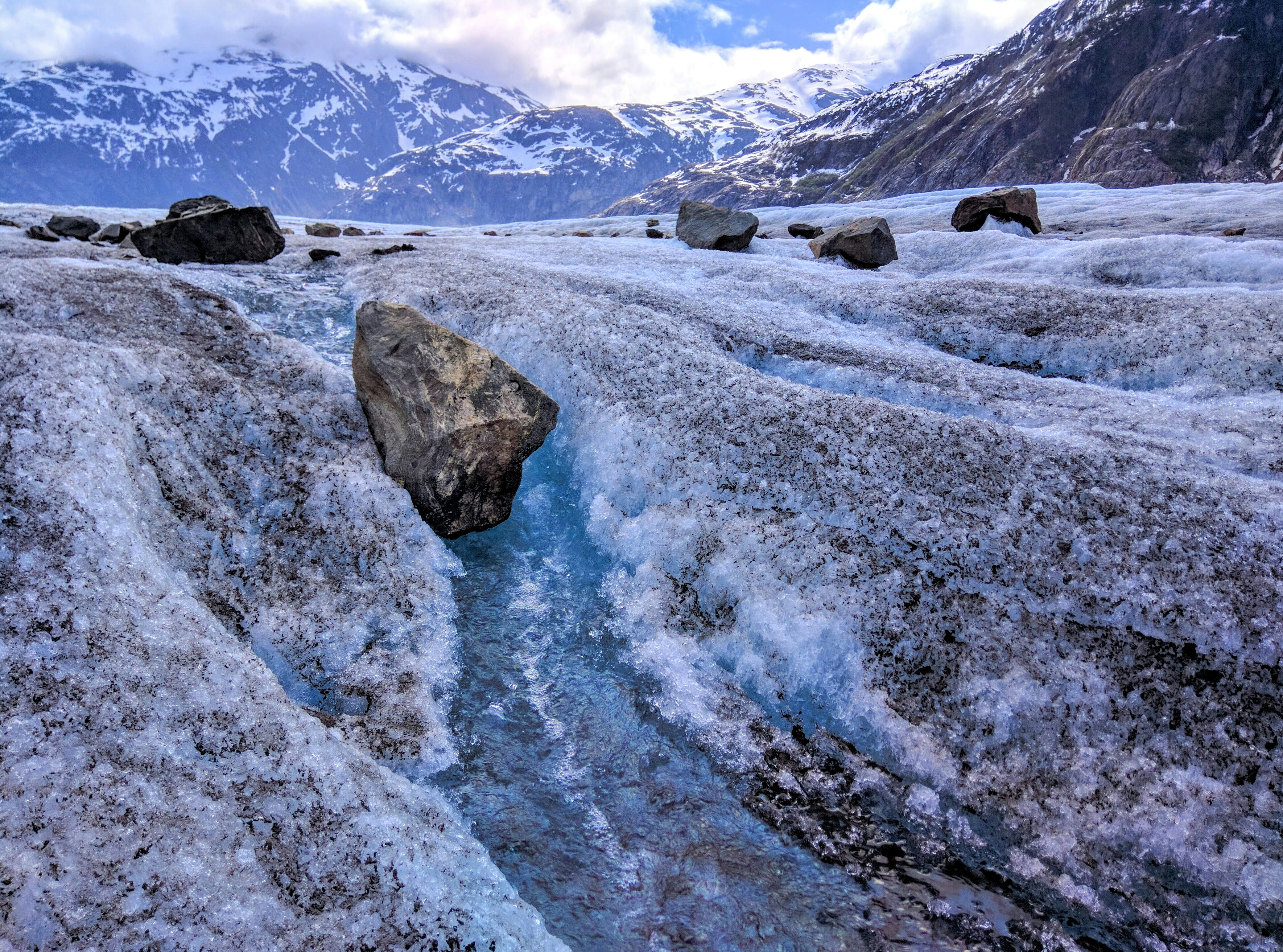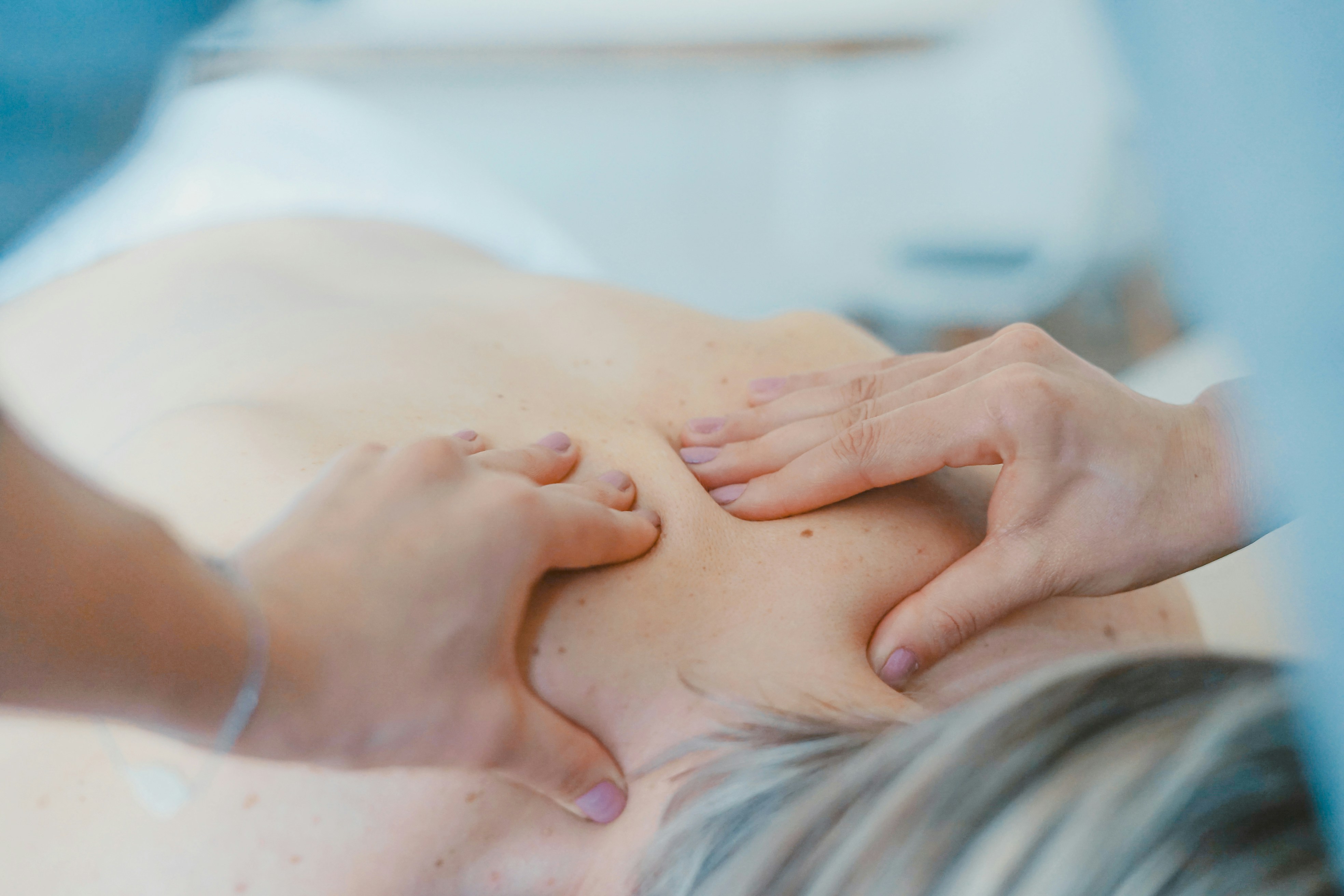Have you ever wondered why so many people are willing to submerge themselves in icy cold water for health benefits? The practice of cold plunging might sound chillingly unappealing, but it carries numerous benefits that might just warm your interest. Known for its invigorating effects, it’s a ritual many swear by to enhance both physical and mental well-being.
Understanding Cold Plunge Challenges
Before you take the plunge into how you might benefit from this practice, let’s discuss what exactly cold plunge challenges entail. These challenges typically involve immersing yourself in cold water, usually at the temperature of around 50 degrees Fahrenheit (10 degrees Celsius) or lower. The beauty of a cold plunge lies in its simplicity and accessibility, requiring nothing more than a suitable body of cold water—be it an ice bath, a natural body of water, or even a specially designed cold plunge tub.
Historical Context
Cold plunging isn’t a modern discovery but a tradition that spans centuries and cultures. The ancient Romans, for instance, regularly used cold baths for health and hygiene purposes. In the Nordic regions, dipping into icy waters has long been part of cultural rituals. Understanding the historical context provides a vivid backdrop for appreciating why such practices have endured through the ages.
Scientific Backing
Despite its long history, what does science say about the benefits of cold plunging? Research indicates that cold water immersion triggers a variety of physiological responses. The cold exposure can enhance circulation, reduce inflammation, and increase alertness. These reactions are promising, making the cold plunge not just a historical anecdote but a scientifically-backed routine.
Physical Health Benefits
You might be surprised to learn about the host of physical health benefits associated with the cold plunge. Such benefits extend far beyond the immediate shock it brings.
Enhanced Circulation
When you immerse yourself in cold water, your blood vessels constrict, which redirects blood flow to critical organs. This enhances circulation and forces your heart to pump blood more efficiently throughout your body. Over time, this practice can improve overall cardiovascular health.
Reduced Inflammation and Muscle Recovery
Athletes have long utilized ice baths as a recovery tool. Cold water immersion helps reduce muscle soreness and inflammation after intense exercise. By constricting blood vessels and decreasing metabolic activity, it aids in reducing swelling and tissue breakdown. Consequently, a cold plunge can act as a powerful ally in your muscle recovery toolkit.
Boosted Immunity
Regular exposure to cold water may also bolster your immune system. Some studies suggest a correlation between cold water immersion and increased production of white blood cells. This could potentially enhance your ability to fend off diseases and infections over time.
Mental Health Benefits
Beyond physical advantages, cold plunging exercises your mental fortitude. The impact on your brain can be just as significant as on your body.
Increased Alertness and Mental Clarity
Once you submerge yourself in cold water, your body’s adrenaline levels rise—similar to how caffeine might invigorate you. This surge can sharpen your focus and improve mental performance. You emerge from a cold plunge feeling more awake and ready to tackle mental challenges with fresh clarity.
Stress Relief and Resilience
Regularly enduring cold plunges can help you build resilience against stress. The initial shock of cold water can teach your body how to adapt to stress more effectively. As your body becomes accustomed to the stimulating effects of cold exposure, your overall stress response can improve, leaving you better equipped to handle life’s everyday pressures.
Mood Enhancement
Cold plunging triggers the release of endorphins—the body’s natural mood elevators. This chemical flood can result in an improved mood and heightened sense of well-being. The repeated practice of cold immersion can add a significant, positive impact on your mood over time.
The Best Practices for Cold Plunging
Armed with the knowledge of its numerous benefits, you might wonder how to safely and effectively incorporate cold plunging into your routine.
Safety First
Always prioritize safety. Cold water immersion can be intimidating and should never be attempted without considering certain precautions. First, gradually acclimate your body over time. If you’re new to cold plunging, start by taking cold showers or gradually lowering the temperature of your usual bath.
Optimal Duration and Frequency
The optimal duration for a cold plunge can vary depending on your experience level and personal comfort with cold temperatures. Beginners might start with a quick one to two-minute dip, gradually increasing their exposure as they become comfortable. As for frequency, two to three times per week is typically sufficient for reaping benefits without overdoing it.
Managing Discomfort
To help manage discomfort, focus on your breathing. Slow, deep breaths can help you stay calm and maintain control during your immersion. This practice not only aids in managing the physical discomfort but also the mental challenge, making the plunge feel more like an invigorating adventure rather than an unbearable chore.
Alternatives to Cold Plunging
If jumping into icy water still doesn’t appeal to you, fear not. There are alternatives that offer similar benefits without involving a full-body plunge.
Cryotherapy
Cryotherapy involves brief exposures to extremely cold temperatures in a controlled environment. This method boasts similar benefits as cold plunging, such as improved muscle recovery and mental fortitude. It’s an excellent alternative if you’re seeking the advantages of cold therapy but prefer a more sanitized, indoor setting.
Cold Showers
Easier to execute and part of many people’s daily routine, cold showers offer a more accessible version of the cold plunge. Though less intense, regularly ending your showers with cool water can still yield enhanced circulation, increased alertness, and improved mood.
Psychological Barriers and Motivation
Taking on the cold plunge challenge isn’t just a physical endeavor; it’s also a mental one. You might face psychological barriers that stand in your way.
Overcoming Fear and Anxiety
Fear and anxiety around cold exposure are normal. These feelings are natural reactions to the challenge ahead. It’s important to acknowledge them and then push past by starting small. As you gradually increase exposure, you will build confidence and decrease apprehension.
Staying Motivated
Maintaining motivation can sometimes prove difficult. To keep yourself inspired, consider setting tangible goals and tracking your progress. You might also find it helpful to join communities or groups of cold plunge enthusiasts who can offer support and encouragement.
Social and Community Aspects
Cold plunging, like many wellness practices, can have an individualistic aspect but is also wonderfully communal.
Joining a Community
Engaging in cold plunges with a group can be an enjoyable and motivating experience. Many cities have clubs or organizations dedicated to cold water swimming. Joining such groups might bolster your motivation and create lasting friendships through shared experiences.
Sharing Your Experiences
Talking about your journey into cold plunging can be an empowering experience. It provides an opportunity for self-reflection and allows you to share the benefits you’ve enjoyed with others. Your own story might inspire someone else to take the plunge and embark on the same rewarding path.
Conclusion
The journey into cold plunge challenges is rich with personal and communal benefits. Far from being merely a test of endurance, cold plunging is a practice that can enhance both physical and mental health. Whether you are seeking improved circulation, reduced inflammation, sharpened mental clarity, or a boost in mood, the cold plunge might just be the invigorating challenge you’ve been searching for. Remember, as with any new practice, it’s essential to listen to your body and approach this chilling tradition with care, patience, and respect for your limits.





